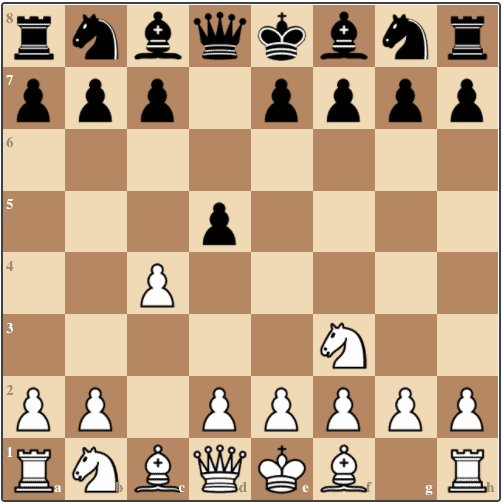How to Study Chess Games with the Computer (Quick Run-Through)
How to Study Chess Games with the Computer (Quick Run-Through)
-----------------------------------------------------------------------------
In this post I will show to you a common method to study chess games with the help of the computer. Studying games played by strong players is a well known training strategy that helps learning new tactical patterns as well as strategic plans.
By the end of this article you will know what are the steps to follow in order to optimize the time you dedicate to study chess. A clever usage of chess software (engines and database) will lead you to dramatically reduce the time wasted!
So, how to study a chess game with the computer? Here are the steps that you should follow:
1) Go through the entire game once, quite quickly, without stopping to analyze at any particular moment and without using the engine, but taking note of the moments that seem the most interesting.
2) Go through the game again, this time with the engine on. After each move, give to the engine about 30 second to analyze the position and take note of the moments where the evaluation changes significantly.
3) Now, without playing the moves in order, set up on the chessboard each of the positions that you noted at Steps 1 and 2. Spend as much time as you need to figure out what is going on. Why was the next move played? And why did the engine change evaluation (it should mean that there has been a mistake)?
4) Opening study. Go once more through the first 15-20 moves (the exact number depends on each game). Do you actually know this opening? Compare it with your Opening Repertoire database. Is there any new move that you didn’t know about?
5) Middle-game study. Set up the game’s position where you think that the opening is over. Are you familiar with the structure? Try to guess the plans for both players and then compare it with the plans actually played.
6) Tactical training. Now that you have better understanding of what has happened in the game, take again all positions that you noted at Step 2, and analyze again the mistakes that players have made under the light of the strategic plans you are now aware of. Was a mistake purely tactical? Or was it a strategic misunderstanding of the position?
This is pretty much everything you need to know. However, if the above steps sound a bit too vague still, then read the next post, because I am going to elaborate each of them much more in detail. I will also explain, for each step, what feature of your play is being trained.
----------------------------------------------------------------------------------------
Source
https://softwarechess.com/how-to-study-chess-games-with-the-computer/


No comments:
Post a Comment